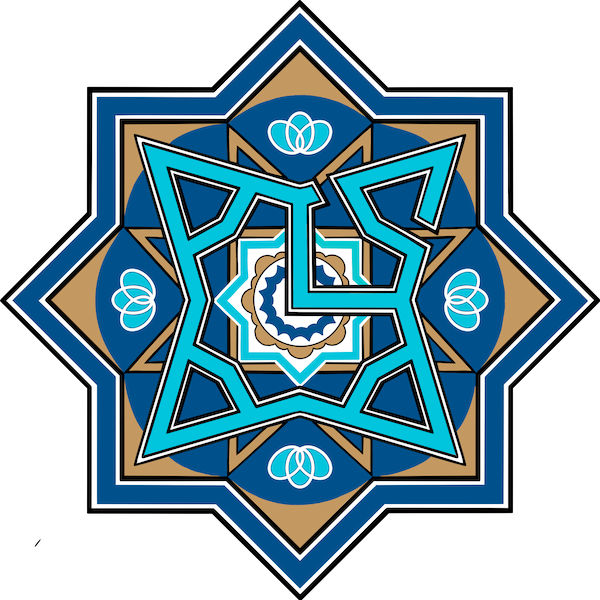Arab American Aesthetics
(edited collection)
This edited volume takes as its main question, how might we define Arab American Aesthetics? The impetus that undergirds this query is two-fold. First, the field of Arab American Studies contests the idea that Arab Americans and their various art(s) define themselves and their creations based on a set of political responses. Historians including Gregory Orfalea and Sarah M.A. Gualtieri clarify that Arab Americans have resided in the United States in large numbers since the late 19th century, emphasizing that such a long history begets a wide range of experiences. Literature scholars like Wail Hassan, Lisa Suhair Majaj, and Steven Salaita point out that Arab American narratives do not follow strict causal relationships between politics (of any sort) and literature. Second, scholars of Arab American Studies have called for a body of critical literature that addresses the wide range of aesthetic interests and choices artists have made. Within Hayan Charara’s edited poetry collection Inclined to Speak, the introduction laments a lack of critical attention to poetics. Fayeq Oweis’s volume Arab American Artists only provides biographies for the artists, and little critical attention for their work. This volume Arab American Aesthetics enlists a wide range of voices to explore, if not tentatively define, what could constitute Arab American aesthetics in literature, photography, painting, and music.
Rather than divorce aesthetics from politics, this collection sutures the two more closely together by challenging the causal relationship so often attributed to them. In other words, it is not true that aesthetic enterprises arise as a result of political stances. As one might imagine, this leads us out of aesthetics as a discussion of merely formal concerns. The conversations within this volume include formal choices, of course, but also extend to the broad idea of what makes a work distinctly Arab American. That is, what about its beauty, ugliness, sublimity, or humor is explicitly tied to it as part of a tradition of Arab American arts? A caveat: to ask these questions should not ask readers to whipsaw between aesthetics and politics. The discussion of what is political imbricates within itself a notion of what is beautiful. This volume opens up the ways that we discuss Arab American literary and fine arts such that we understand how Arab American identity and experience begets Arab American artistic enterprise. As an example, African American blues traditions are not merely about call and response as a formal choice, but also about prioritizing community in a dominant culture hostile to it, extending a tradition of enslaved peoples, and, among other ideas, honoring an oral tradition in literary form. Just as that blues tradition has political purchase on such wide ranging spheres like that of identity politics, prison industrial complex, integration in the education system, and the origins of rock and roll, I am certain that Arab American aesthetic traditions and choices will also bear on discussions about the invisibility of whiteness, when national and ethnic affiliation collide, and the exigencies of immigrant experience.
We welcome essays that imagine Arab American Aesthetics in a multitude of venues, including but not limited to photography, literature, sculpture, painting, museum studies, and other fine arts. We also welcome essays that imagine Arab American Aesthetics from a multitude of perspectives including those of scholars, practitioners, and curators.
Abstracts of no more than 500 words and a brief CV should be sent to Theri’ Pickens c/o Intellectual.Insurrection@gmail.com by March 31, 2015. The invitation for full papers will be sent out on June 1, 2015 and completed essays will be expected by January 1, 2016.
